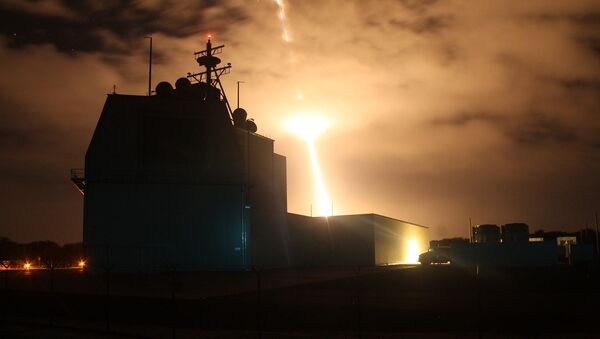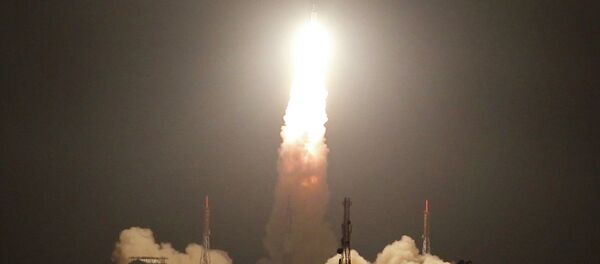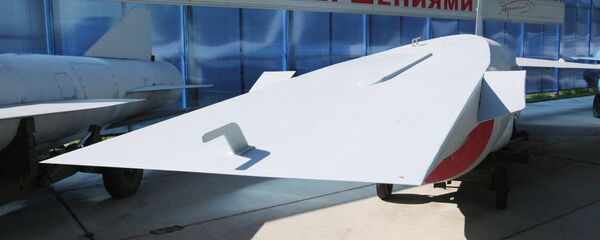This was one of the offensive capabilities noted by Poznikhir. The other was the ability to launch nuclear-tipped Tomahawk cruise missiles, instead of defense missiles.
Sleboda told Sputnik's Brian Becker that it is not only Russia that is concerned about the sprawling US missile defense systems. China is also very concerned, as, by some estimation, the potential impact on China could be much stronger than on Russia.
"One of the most talked about expected responses of China and Russia is that, if this network goes forward, and it is absolutely certain at this point it will… it will push Russia and China ever closer and force them to develop a joint-missile-defense network of their own," he said.
"It will put us in a sort of missile-defense race."
"Space lower orbit is indeed a ‘high ground' for the military between great superpowers, such as the US, Russia — and China now," Sleboda said.
While current international treaties prohibit weapons of mass destruction in space or on any celestial body, such as the moon, the military relies heavily on satellites. And treaties can be abandoned.
"With all our reliance, the reliance of our militaries on satellites and what will be spaced-based weapons, will become a part of that, as well," he said, noting that the superpowers will seek for ways to take out each other's satellites, from kinetic destruction to hacking technologies.
Sleboda underscored that, while Russia and China are developing missile defense systems of their own, they lag behind the US. But the current technological superiority of the US pushed Moscow and Beijing into this new kind of arms race, including orbital and outer space platforms.
"What has kept the peace between the nuclear-armed great powers was a threat of mutually assured destruction," Sleboda said.
With the development of the missile defense system, the concept of mutually assured destruction, as a means to prevent a first strike, begins to appear a less-probable outcome, giving the false impression that one country could strike first, and any retaliation strike would be "survivable."
"The decapitation capability is a serious threat, but it should not give a false sense of absolute security. But it may, and that's the problem," Sleboda said.
Forced to seek security, Russia and China may come up with some previously unseen weaponry, and its damage assessment might be very difficult. Earlier last year, President Vladimir Putin announced that Russia is developing a counter-missile-system capable of piercing the US missile defense.
One such weapon, the Status 6, was allegedly exposed by Russian media. Status 6 is reported to be a contemporary revision of the 1950s Soviet T-15 project, a large torpedo carrying an extremely powerful nuclear charge. When detonated, the T-15 was intended to create a devastating tsunami that would inflict massive damage on US coastal cities. However, according to imagery revealed in Russian media, Status 6 is intended to radioactively contaminate vast coastal areas, rendering them unlivable for decades.
With world powers in a new high-tech weapons race, said Sleboda, hypersonic gliders, low-radiation US tactical nukes intended to make nuclear weapons "more usable," and other new developments, are taking us away from the scenario of mutually assured destruction, that, while nonetheless unthinkable, has helped to keep the peace for over half a century.
"Now that peace is cracking everywhere," Sleboda added.






